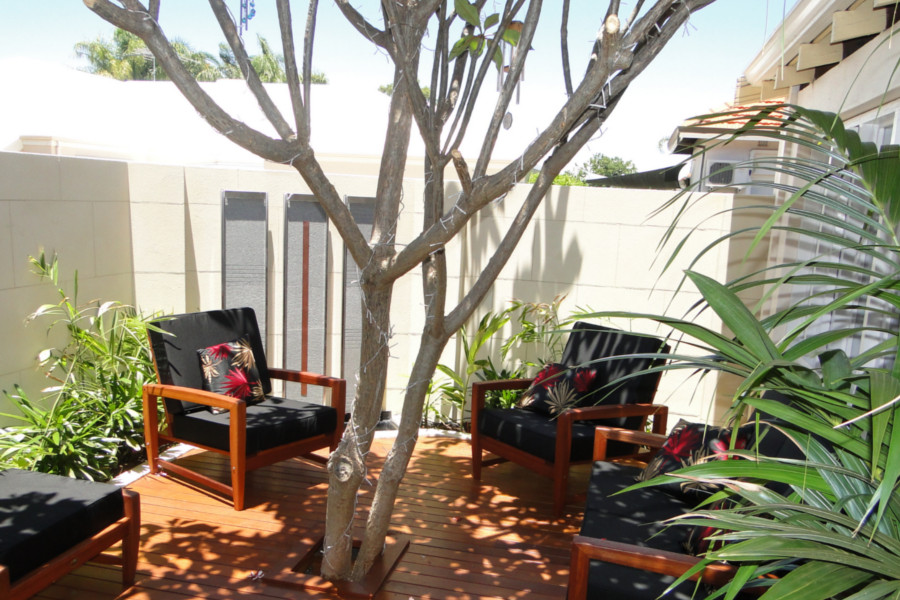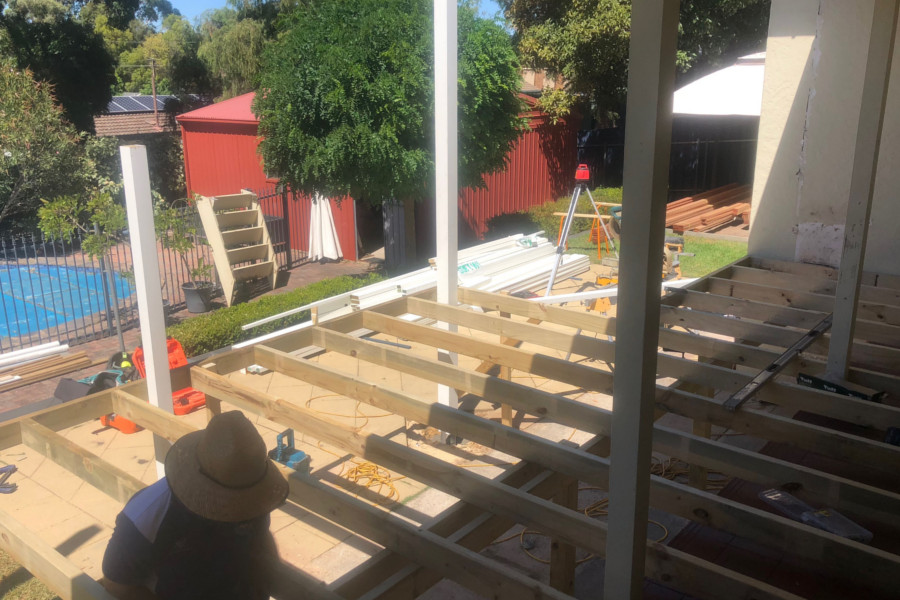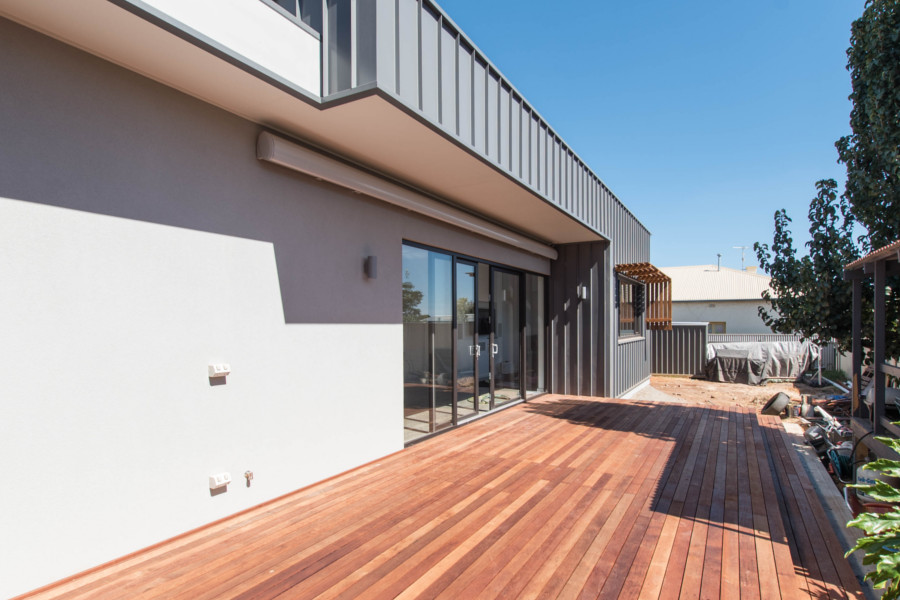
Disabled members of the family and friends have a tough time getting around, as it is. How can you build a timber deck that’s easily accessible for the physically handicapped?
WUSA-9, a television station based in Washington DC, USA, recently featured a story about some teens who had built a timber deck for a disabled man trapped in his home for the last 15 years. The man could not leave the house to see his doctor and consequently this caused his health to deteriorate. But now the mere knowledge of people doing something for him has perked him up, and the mere anticipation of being able to step out of his home to enjoy the outdoors is doing wonders for his health.
This, in essence, illustrates the value of providing disabled friends and family members with easy access to your outdoor living extensions. There is a general feeling of empowerment and liberation that comes from being able to go where it once was not possible. And then there are the tangible health benefits of spending time on a deck. Just being on the deck makes you feel much better, so you can imagine how this must help those who are physically challenged.
If you have family members or friends who are disabled, or would like to accommodate guests who may be handicapped, there are a few considerations to make your deck accessible to these people.
Ramps
Stairs and steps may not be the easiest thing for a disabled person to deal with, especially if he or she needs a wheelchair to move around. Gently-pitched ramps are the obvious solution. They allow a wheelchaired person to roll up onto the deck. Even a low ramp for a deck at ground level can be immensely helpful.
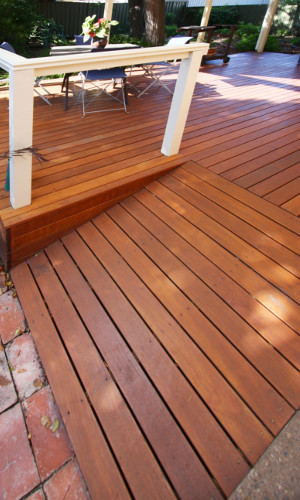
Ramps also help disabled people move across multilevel decks and can make it easier to move from the deck into the house or the other way around. The key is to build the ramp so that it slopes gently and does not require brute strength to climb.
Balusters and Handrails
Balusters can prevent people from falling off the deck. This is especially helpful for people with balance issues and for those on wheelchairs that can easily roll off.
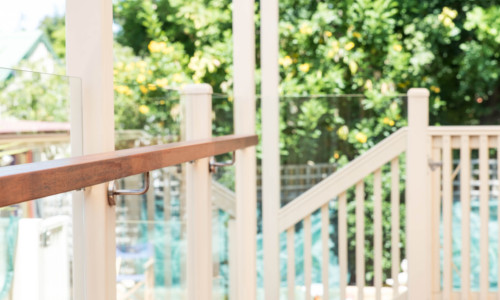
Handrails along the top of the balusters, or even placed strategically in designated areas within the deck helps disabled (and even seniors) navigate much more easily and safely within the deck area.
Check out our blog post on timber railings and balustrades.
Layout
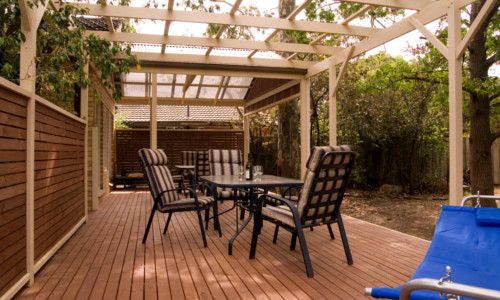
The physical arrangement of elements such as furniture and ornaments on the deck may also affect its accessibility. If there is enough space, you could consider arranging furniture so that there is sufficient room for a wheelchair to navigate through the area, such as around the edges of the deck.
Lighting
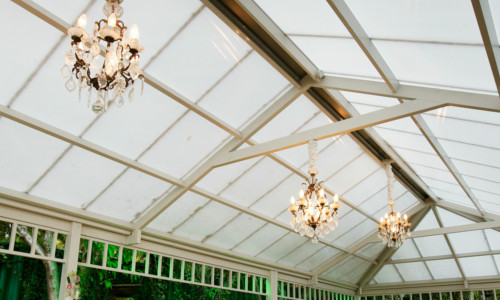
There should be sufficient lighting, especially at night, if you need to or want to make it easy and comfortable for handicapped guests. The last thing you want is for them to miss a step or trip over an obstacle that could not be seen in the darkness. Check out these timber deck and pergola lighting tips.

